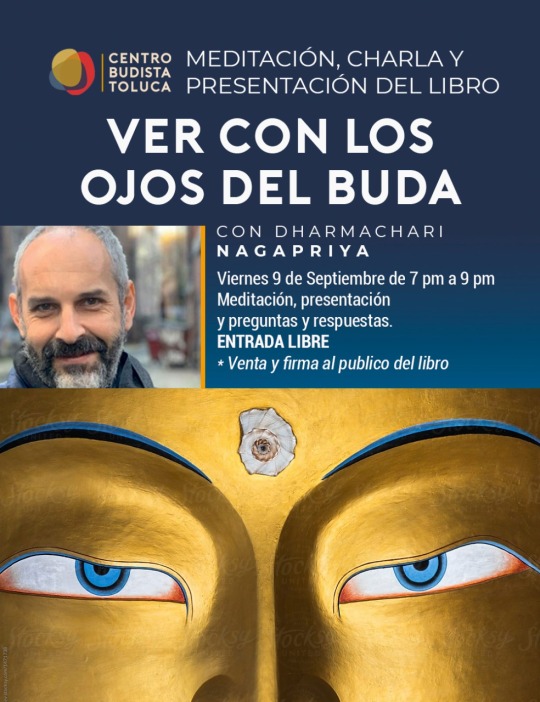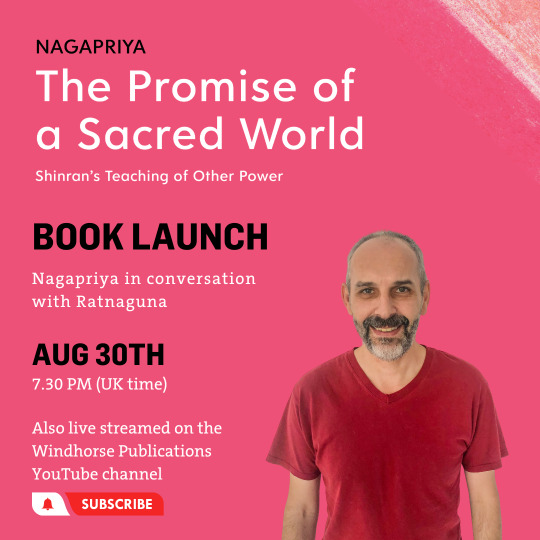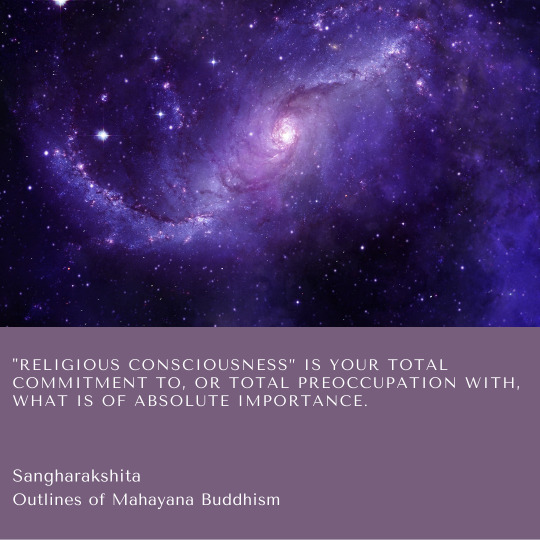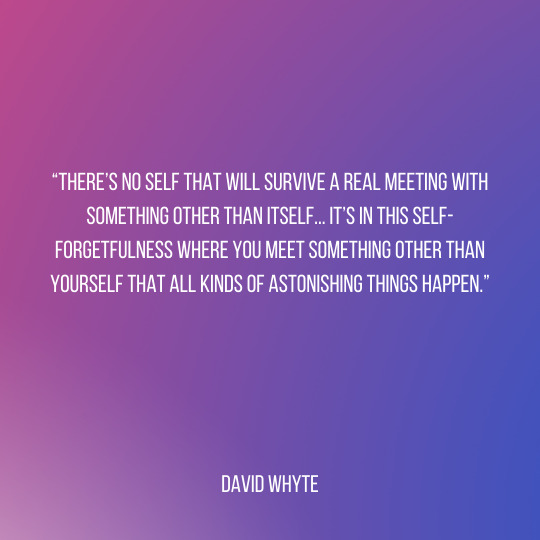Text

Untitled (1957) - Cy Twombly (1928 - 2011)
Belem, Berardo Collection, Centro Cultural de Belem, Lisbon, Portugal
1 note
·
View note
Text
Cuando todos se vayan a otros planetas
yo quedaré en la ciudad abandonada
bebiendo un último vaso de cerveza,
y luego volveré al pueblo donde siempre regreso
como el borracho a la taberna
y el niño a cabalgar
en el balancín roto.
Y en el pueblo no tendré nada que hacer,
sino echarme luciérnagas a los bolsillos
o caminar a orillas de rieles oxidados
o sentarme en el roído mostrador de un almacén
para hablar con antiguos compañeros de escuela.
Como una araña que recorre
los mismos hilos de su red
caminaré sin prisa por las calles
invadidas de malezas
mirando los palomares
que se vienen abajo,
hasta llegar a mi casa
donde me encerraré a escuchar
discos de un cantante de 1930
sin cuidarme jamás de mirar
los caminos infinitos
trazados por los cohetes en el espacio.
Jorge Teillier
2 notes
·
View notes
Photo

This quotation from Borges made me think of Amida’s Primal Vow to enable all beings to be reborn in his Pure Land.
5 notes
·
View notes
Photo

Este viernes, 9 de septiembre, 2022, voy a estar con nuestros amigos en el Centro Budista de Toluca para presentar mi nuevo libro en español, ‘Ver con los ojos del Buda’. Si puedes asistir sería un placer verte. Puedes comprar el libro ese día o si no puedes comprar el ebook de Siglantana.
4 notes
·
View notes
Video
youtube
Aquí puedes ver una charla donde presento mi nuevo libro ‘Ver con los ojos del Buda: el fin del sufrimiento’ que publicó Siglantana. El libro explora la enseñanza fundamental de las cuatro nobles verdades: el sufrimiento, su origen, su cese, y el camino a su cese. ¡Disfruta!
2 notes
·
View notes
Video
youtube
Here you can check out the book launch for ‘The Promise of a Sacred World’. Thanks so much Ratnaguna, Dhammamegha, and Windhorse Publications.
You can buy the book here: https://www.windhorsepublications.com/product/the-promise-of-a-sacred-world-paperback/
And it includes an amazing option to buy two of my other books a great discount!
0 notes
Quote
When I first encountered Shinran’s teachings in the late 1990s I immediately felt a kind of existential resonance. Something about them seemed deeply true, even though I couldn’t say exactly what it was. On the one hand, what I encountered seemed to contradict some of the most basic tenets of Buddhism that I had imbibed and yet, on the other hand, these teachings seemed to be speaking to something that was beyond my known self; they addressed my ultimate concern.
Something that is unusual about Shinran as an ancient writer on Buddhism is that he is subjectively present in his works; his joys, struggles, and gratitude are revealed through the existential outbursts that interrupt what otherwise is often a careful arranging of scriptural quotations. This existential presence is one of the things that calls to me. His message, however, may at times seem a little disconcerting. We are enmeshed in greed, hatred, and delusion, which causes us to suffer. So far we are on firm ground with basic Buddhism. But, Shinran says, we do not have the resources to overcome our predicament because all of our efforts to relieve our suffering, since they are expressions of greed, hatred, and delusion, serve only to confirm it. We are, it would seem, stuck. What is required then is some factor that goes beyond the known self and this factor is symbolised in Amida Buddha.
Who or what Amida Buddha is, and means, within Shinran’s religious imagination is no simple matter and not something that may be explained once and for all, but rather must be deciphered over and again. My book, 'The Promise of a Sacred World', is an attempt to engage with that process of deciphering and, in doing so, to invoke the sacred possibilities that it promises.
Nagapriya

https://www.windhorsepublications.com/product/the-promise-of-a-sacred-world-paperback/
0 notes
Photo

Don't miss out on our online book launch of 'The Promise of a Sacred World' as we celebrate the release of our latest book with author Nagapriya.
Ratnaguna will be in conversation with Nagapriya about the book and there will be an opportunity for a Q&A afterwards.
When: Tuesday 30th August at 7:30pm (UK Time)
Where: Online.
Follow the link on @windhorse.publications social media bio on the day for a Zoom link or follow the event live on their YouTube channel.
We hope to see you there!
0 notes
Link
‘I thoroughly enjoyed speaking with Nagapriya about his life and practice. In this generous and spacious interview, I found him warm and deeply thoughtful about what it means to be a Buddhist. Through reflection and mythic and poetic thinking, Nagapriya explores Shinran’s existential liberation, and the nature of connection, openness, and an encounter with something beyond the known self.’ Dhammamegha
0 notes
Link
Ya puedes adquirir este libro que trata de los cuatro nobles verdades.
El sufrimiento, su origen, su extinción y el camino: estas son las Cuatro Nobles Verdades. Podría decirse que esta enseñanza es la esencial del budismo: una forma práctica de entender el mundo que nos lleva al autoconocimiento, a ser conscientes de la responsabilidad que tenemos sobre nuestra vida y a despertar a lo que realmente importa.
Las Cuatro Nobles Verdades son una enseñanza relevante no solo para los budistas sino para todos los seres humanos. El autor subraya que enfrentarnos a nuestro sufrimiento sirve como puerta de entrada tanto a la autocompasión como a la empatía con todos los seres. “Ver con los ojos del Buda” significa abrirnos a un mundo en el que nuestros actos cotidianos tienen un significado trascendente. Esto significa despertar a la realidad de las cosas tal y como son.
0 notes
Link
I am delighted with the cover for my forthcoming book 'The Promise of a Sacred World: Shinran's Teaching of Other Power'. It is available to sponsor and pre-order now from Windhorse Publications. It officially comes out in August!
1 note
·
View note
Link
0 notes
Photo

"Religious consciousness” is your total commitment to, or total preoccupation with, what is of absolute importance.
Sangharakshita
Outlines of Mahayana Buddhism
0 notes
Video
HÉLÈNE CIXOUS: READING WITH CLARICE LISPECTOR
To know how to read is to take infinite time to read; it is not to take the book for a little geometric object, but for an immense itinerary. It is knowing how to scan, to pace, how to proceed very slowly. To know how to read a book is a way of life.
1 note
·
View note
Link
Aquí puedes ver la charla que impartí el Día de Triratna, 2022. La charla empieza después de 14 minutos de vídeo.
0 notes
